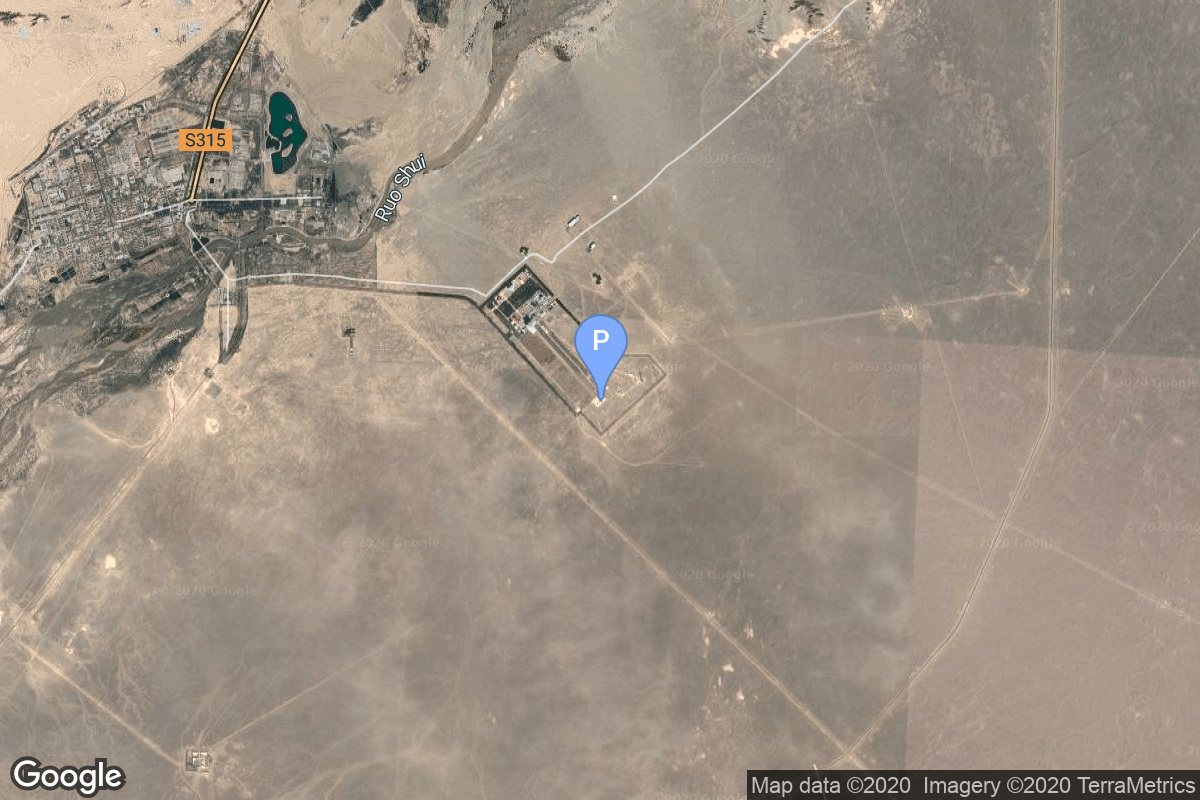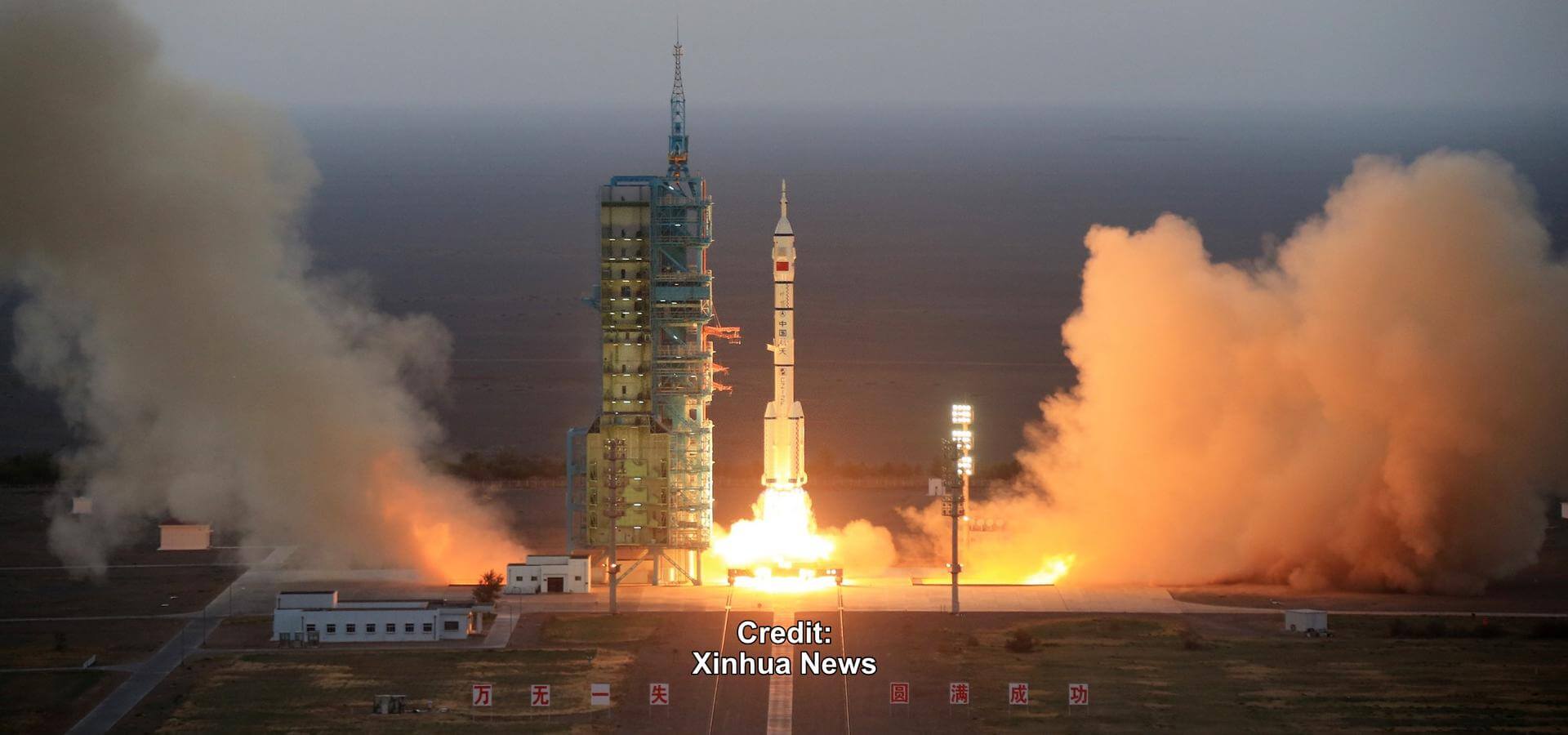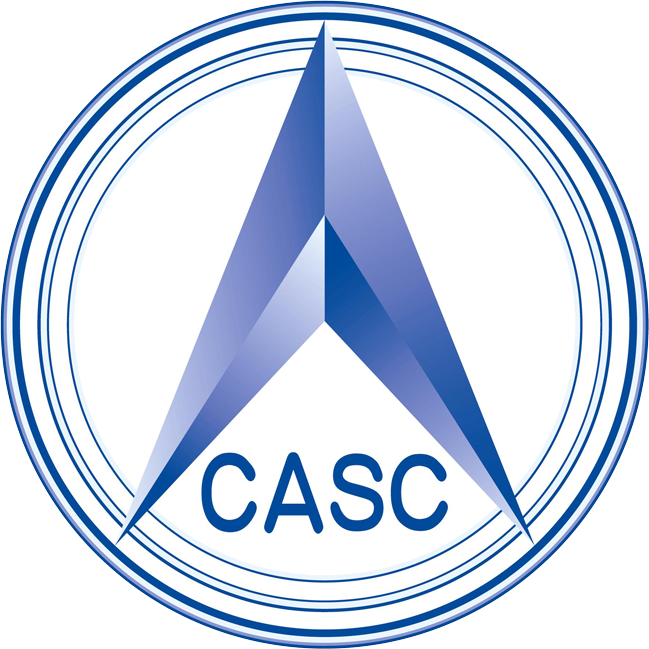Shenzhou-3
Long March 2F
China Aerospace Science and Technology Corporation
Mission
Shenzhou-3
- Type: Human Exploration
- Orbit: Low Earth Orbit
Third test flight of the Shenzhou spacecraft, without crew on board. Main objective of the mission was to test the systems required to support a human in space. A human dummy was carried in the descent module to simulate the physiological signals of a human. 44 different experiments were carried, including an imaging spectrograph, cloud sensor, radiation sensor, solar ultraviolet monitor, solar constant monitor, atmospheric composition detector, atmospheric density detector, multi-chamber space crystallization furnace, space protein crystal equipment, a cell bioreactor, a solid matter tracking detector, and a microgravity gauge. Also on board was a video camera that broadcast images of the Earth as seen through one of the windows on the spacecraft.
Location
Launch Area 4 (SLS-1 / 921)
Jiuquan Satellite Launch Center, People’s Republic of China
Launch Area 4 (SLS-1 / 921) has witnessed the launch of 22 rockets, including 22 orbital launch attempts, while Jiuquan Satellite Launch Center, People’s Republic of China, has been the site for 222 rocket launches.
Rocket
China Aerospace Science and Technology Corporation Long March 2F
The Long March 2F is a Chinese orbital carrier rocket, part of the Long March 2 rocket family. Designed to launch the crewed Shenzhou spacecraft, the Long March 2F is a human-rated two-stage version of the Long March 2E rocket, which in turn was based on the Long March 2C launch vehicle. It is launched from complex SLS at the Jiuquan Satellite Launch Center.
Agency
China Aerospace Science and Technology Corporation
The China Aerospace Science and Technology Corporation (CASC) is the main contractor for the Chinese space program. It is state-owned and has a number of subordinate entities which design, develop and manufacture a range of spacecraft, launch vehicles, strategic and tactical missile systems, and ground equipment. It was officially established in July 1999 as part of a Chinese government reform drive, having previously been one part of the former China Aerospace Corporation. Various incarnations of the program date back to 1956.


